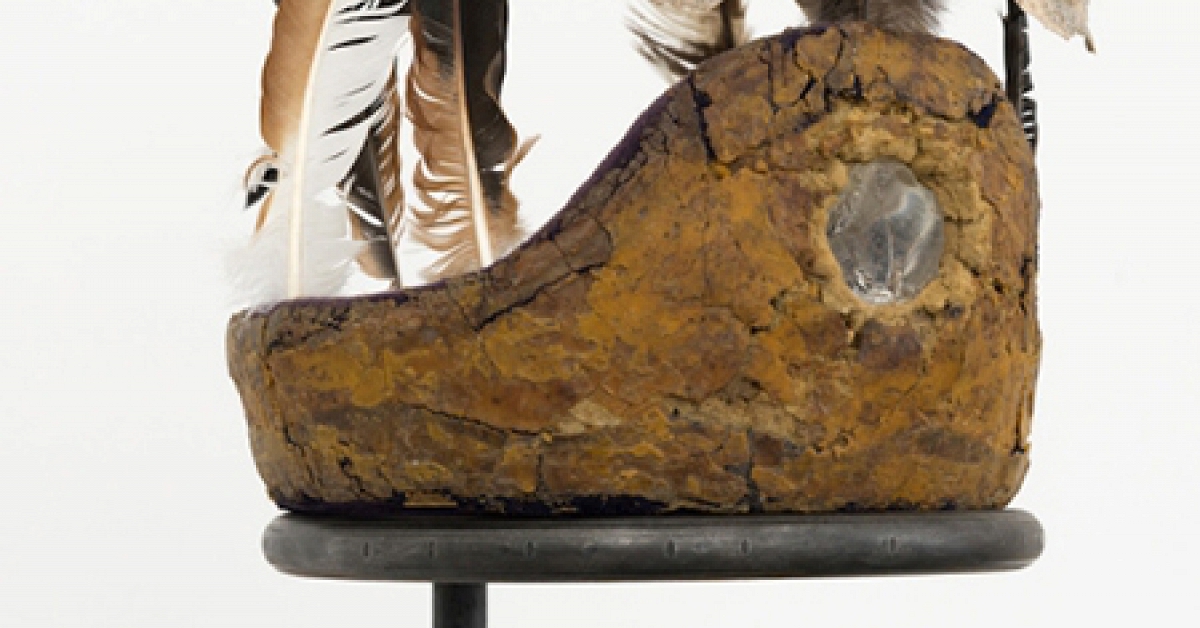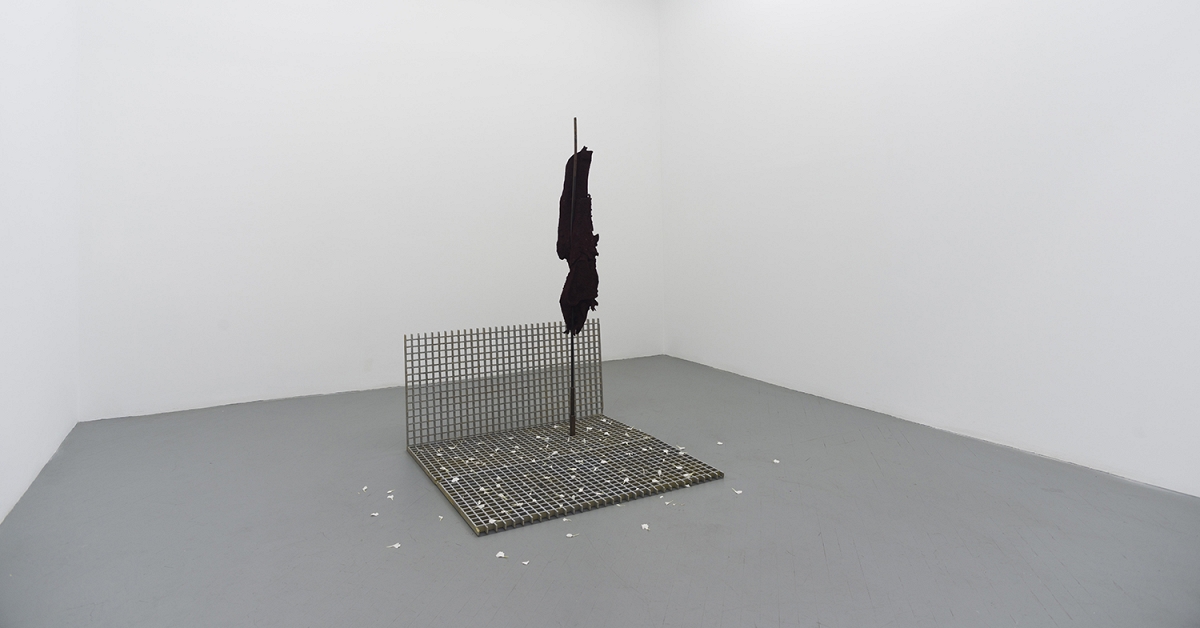Critics’ Picks: Anna Plesset
Artforum / Feb 1, 2013 / by Nathaniel Lee / Go to Original
A summer residency in Giverny, France, sparked “A Still Life,” Anna Plesset’s New York solo debut, which includes a trove of drawings, painted objects, and paintings of objects. Much of this exhibition can be seen as investigation into the history of the studio she occupied during her time here, which belonged to one of Claude Monet’s somewhat forgotten protégés, American artist Lilla Cabot Perry.
Plesset challenges viewers to uncover her two predecessors’ interconnected legacies through a gradual assessment of her works, with each shedding light on the otherwise cryptic significance of the others. Perry’s likeness appears in several works along with others that simply recall the particular studio space in question. Nearly all the works on view are deadpan, trompe l’oeil stand-ins for things that likely filled the space while Plesset was there—and things is a term used broadly here. In one case, Plesset has rendered the effects of light cast slantwise on her studio wall in East Wall: Section 1, 2012. In another work, Fade, 2013, she has replicated the visible absence of a small, rectangular picture, Portrait of Lilla Painting a Portrait, 2011–12, by applying acrylic to the wall underneath, creating a faux UV bleaching effect. No matter which textbook definition of Impressionism one cares to procure, these works take a wry stab at a movement that sought to capture the perceived effects of light in the human landscape. Plesset provides an interesting counterpoint to Impressionism’s emotive appeals with incisively objective investigations into her own environment.
— Nathaniel Lee
Plesset challenges viewers to uncover her two predecessors’ interconnected legacies through a gradual assessment of her works, with each shedding light on the otherwise cryptic significance of the others. Perry’s likeness appears in several works along with others that simply recall the particular studio space in question. Nearly all the works on view are deadpan, trompe l’oeil stand-ins for things that likely filled the space while Plesset was there—and things is a term used broadly here. In one case, Plesset has rendered the effects of light cast slantwise on her studio wall in East Wall: Section 1, 2012. In another work, Fade, 2013, she has replicated the visible absence of a small, rectangular picture, Portrait of Lilla Painting a Portrait, 2011–12, by applying acrylic to the wall underneath, creating a faux UV bleaching effect. No matter which textbook definition of Impressionism one cares to procure, these works take a wry stab at a movement that sought to capture the perceived effects of light in the human landscape. Plesset provides an interesting counterpoint to Impressionism’s emotive appeals with incisively objective investigations into her own environment.
— Nathaniel Lee






